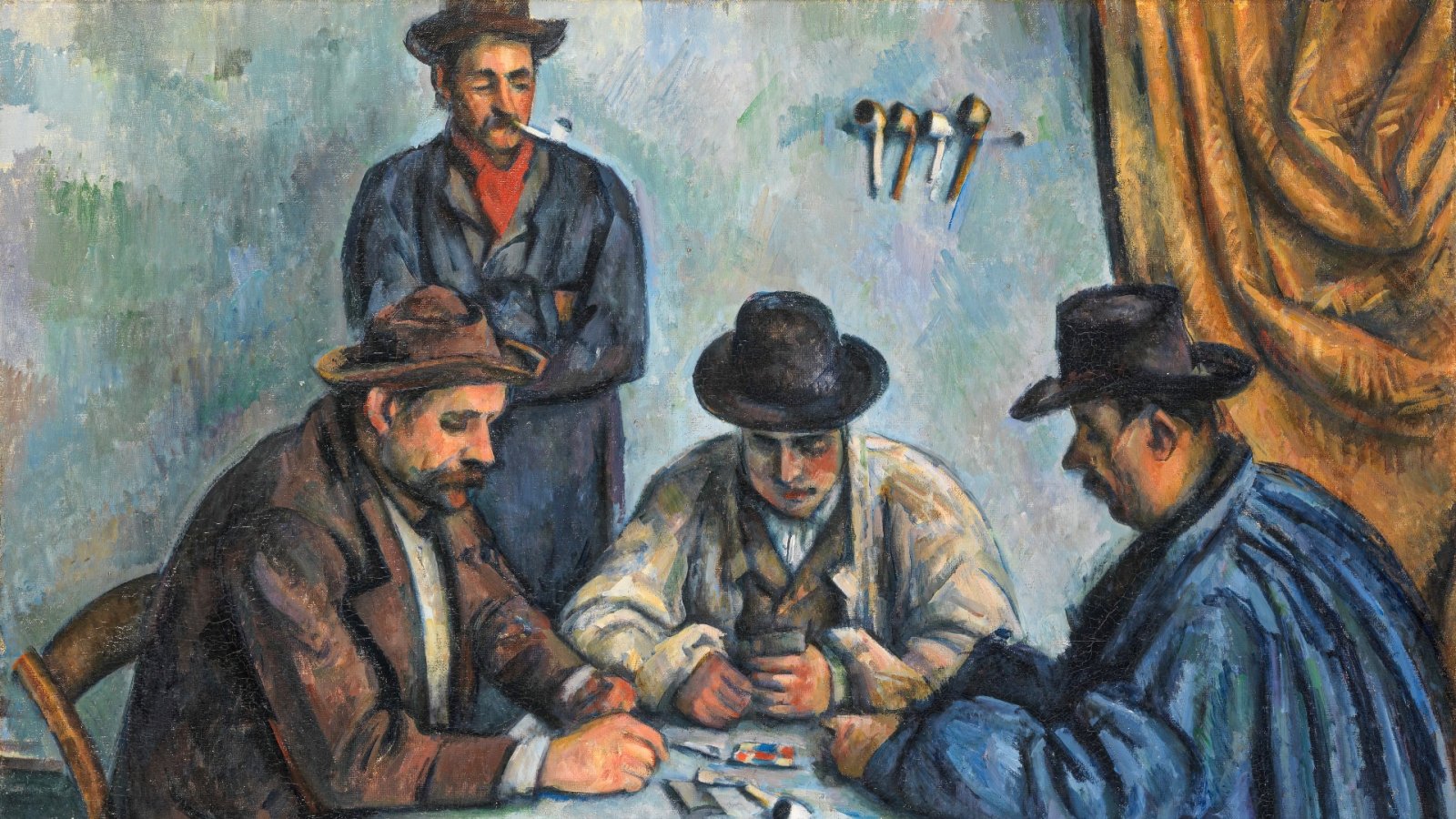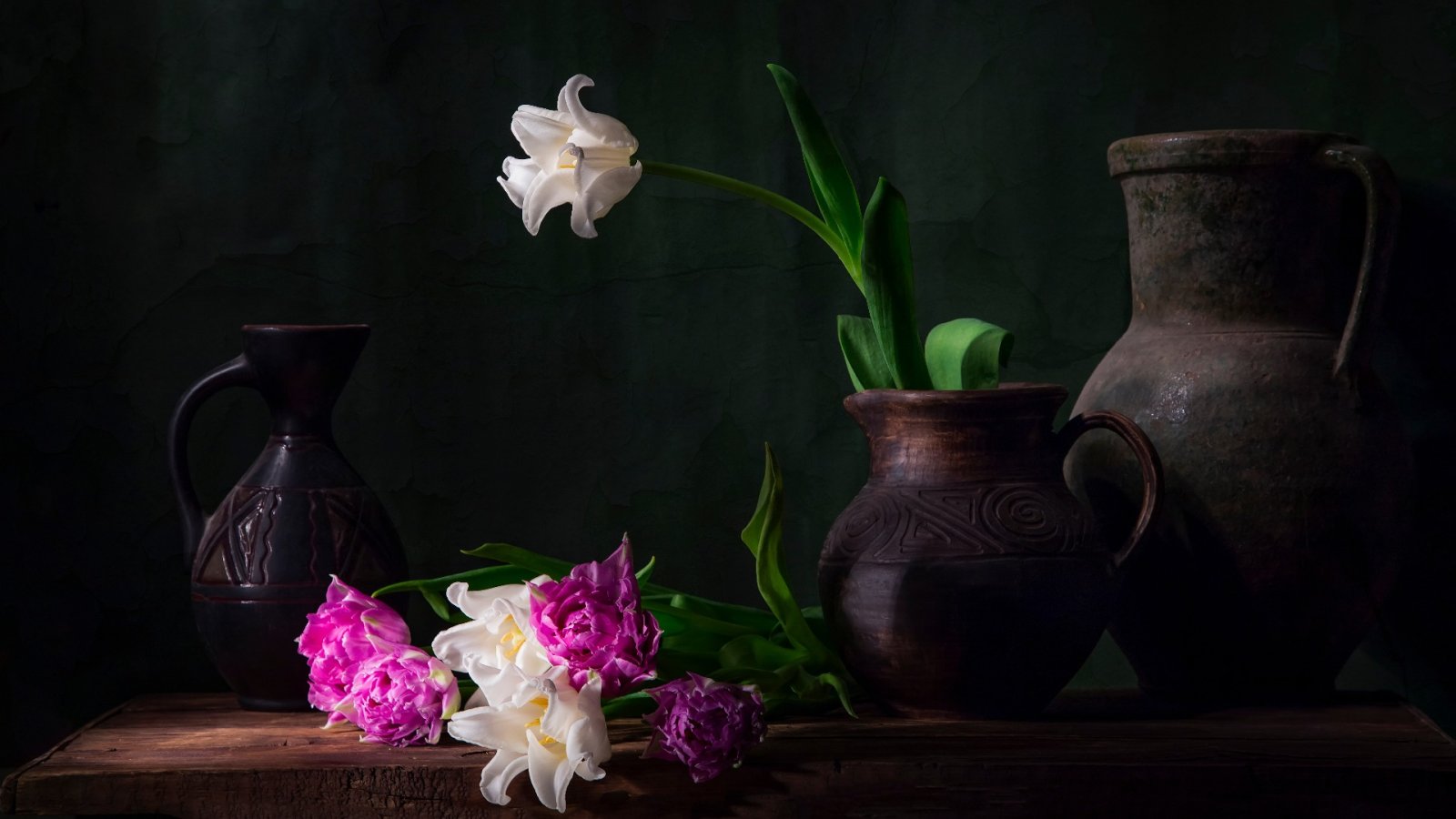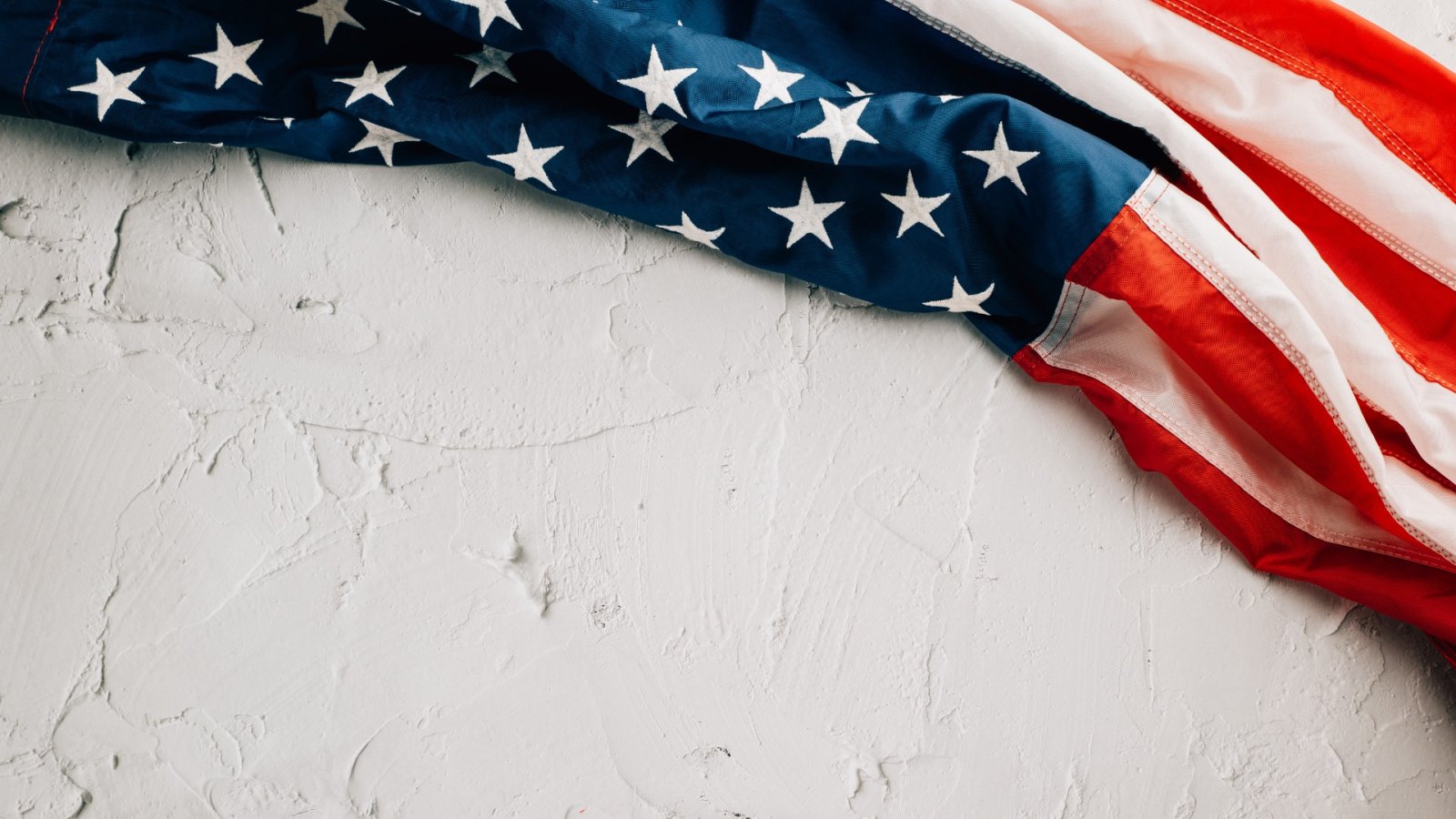During the early 20th century, American Realism emerged as a significant movement across literature, music, and the visual arts in the United States. This period coincided with the nation's rapid development, marked by profound industrial, economic, and socio-cultural shifts. In response, there arose a desire to authentically depict the American landscape and urban environments through artistic expression. This movement aimed to capture the essence of everyday life, emphasizing the portrayal of average Americans and the distinct character of American cities.
At the forefront of this movement were The Ashcan School, also known as The Eight, and the broader American Regionalism movement. In the bustling metropolis of early 20th-century New York, a collective of artists began portraying the city's daily existence through realistic depictions of its architecture and inhabitants, particularly those from the working class. Rejecting the ideals of American Impressionism, these artists sought to convey the vitality and ruggedness of urban life, while also reflecting on the socio-political climate of the time. Explore further to delve into the works and influences of the notable artists associated with The Ashcan School.
George Bellows
George Bellows was captivated by the tumultuous and harsh aspects of urban life, which he vividly depicted in his artworks showcasing bustling and gritty street scenes, visceral boxing matches, and dimly illuminated cityscapes. His boxing paintings, in particular, left a lasting impact on the trajectory of art history.
Robert Henri
Robert Henri, initially trained in Impressionism, underwent a transformation in the early 20th century, seeking a more authentic portrayal of reality reflective of his contemporary era. Embracing a focus on the everyday spectacle, he employed bold and energetic brushwork to capture fleeting moments of anonymous individuals navigating city streets. His approach mirrored that of a journalist, delving into the essence of modern urban life.
Everett Shinn
Everett Shinn gained renown for his depictions of New York theaters, reminiscent at times of Degas' work, albeit with a distinct emphasis on the dynamic interplay between audience and performer. As the youngest member of The Ashcan Group, Shinn stood out for his preference for pastels as a medium, diverging from his peers' choices.
George Benjamin Luks
George Benjamin Luks gained renown for his paintings depicting the challenging lives of the impoverished residents of Manhattan's Lower East Side. Unlike solely focusing on the hardships, he endeavored to capture the moments of joy and beauty intertwined within their existence.
William Glackens
William Glackens, a founding figure of The Ashcan School, directed his artistic lens towards the vicinity of his New York studio, notably Washington Square Park. Alongside his fine art endeavors, Glackens also made a mark as a commercial illustrator, crafting humorous representations of New York City denizens.
John Sloan
John Sloan's artistic pursuits primarily revolved around capturing the everyday experiences of ordinary individuals, exemplified in his notable work "McSorley's Bar," painted in 1912 following his regular visits to the establishment. Additionally, Sloan contributed illustrations to the socialist publication "The Masses" and shared his expertise as a teacher at the Art Students League.
Edward Hopper
Edward Hopper, arguably the most renowned among the group, expressed reluctance toward being associated with The Ashcan School, feeling his work diverged in spirit. Nonetheless, Hopper emerged as a preeminent figure in American realism, distinguished by his distinctly defined style. He gained widespread acclaim for his serene yet unsettling portrayals of American landscapes and urban settings.
American Regionalism emerged as a response to the Great Depression, primarily showcasing scenes from rural and small-town life in the American Midwest. Offering an authentic portrayal of agricultural communities, the movement surged in popularity between 1930 and 1935, offering solace through its realistic depictions of rural America. Among its leading proponents were Grant Wood, Thomas Hart Benton, and John Steuart Curry, collectively referred to as the "Regionalist Triumvirate."
Grant Wood, a native of the Midwest, gained renown for his paintings featuring quintessential rural figures, rendered in a polished style reminiscent of realist Flemish Renaissance art. His masterpiece, "American Gothic," stands as one of the most iconic American paintings of the 20th century, epitomizing the spirit of the Great Depression era.






